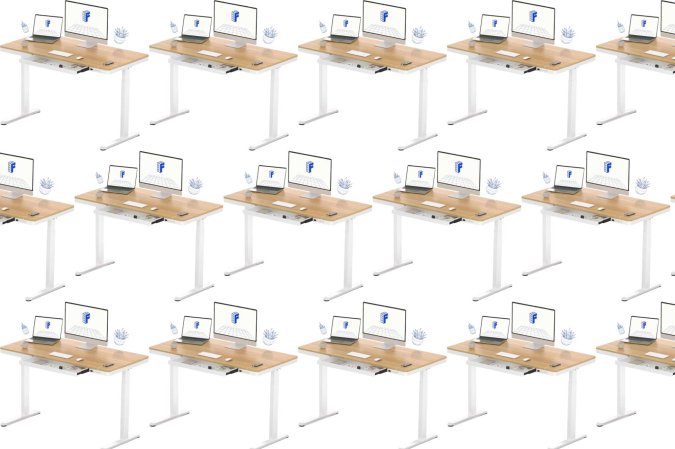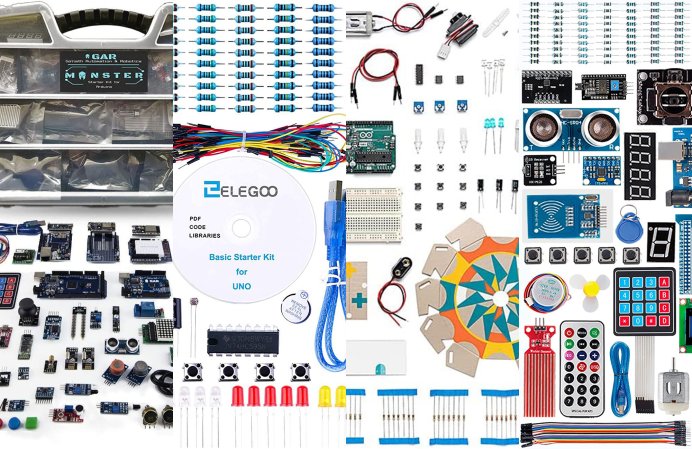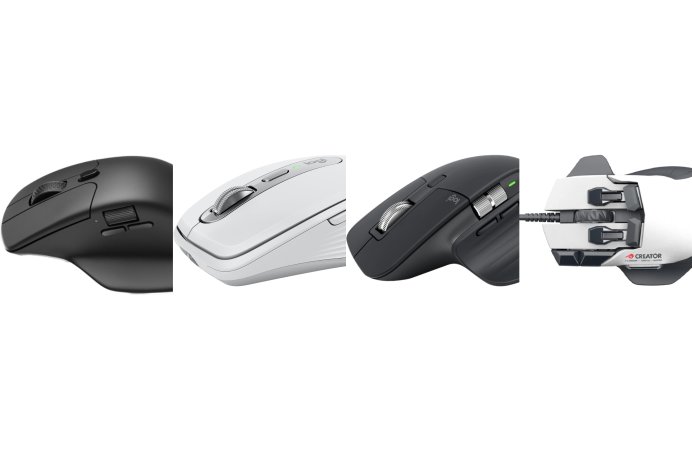Computers
The latest and best in desktops, laptops, tablets and any other devices engineers craft out of silicon.
Explore Computers
Latest in Computers
Get the Popular Science newsletter
Breakthroughs, discoveries, and DIY tips sent every weekday.
By signing up you agree to our Terms of Service and Privacy Policy.



















